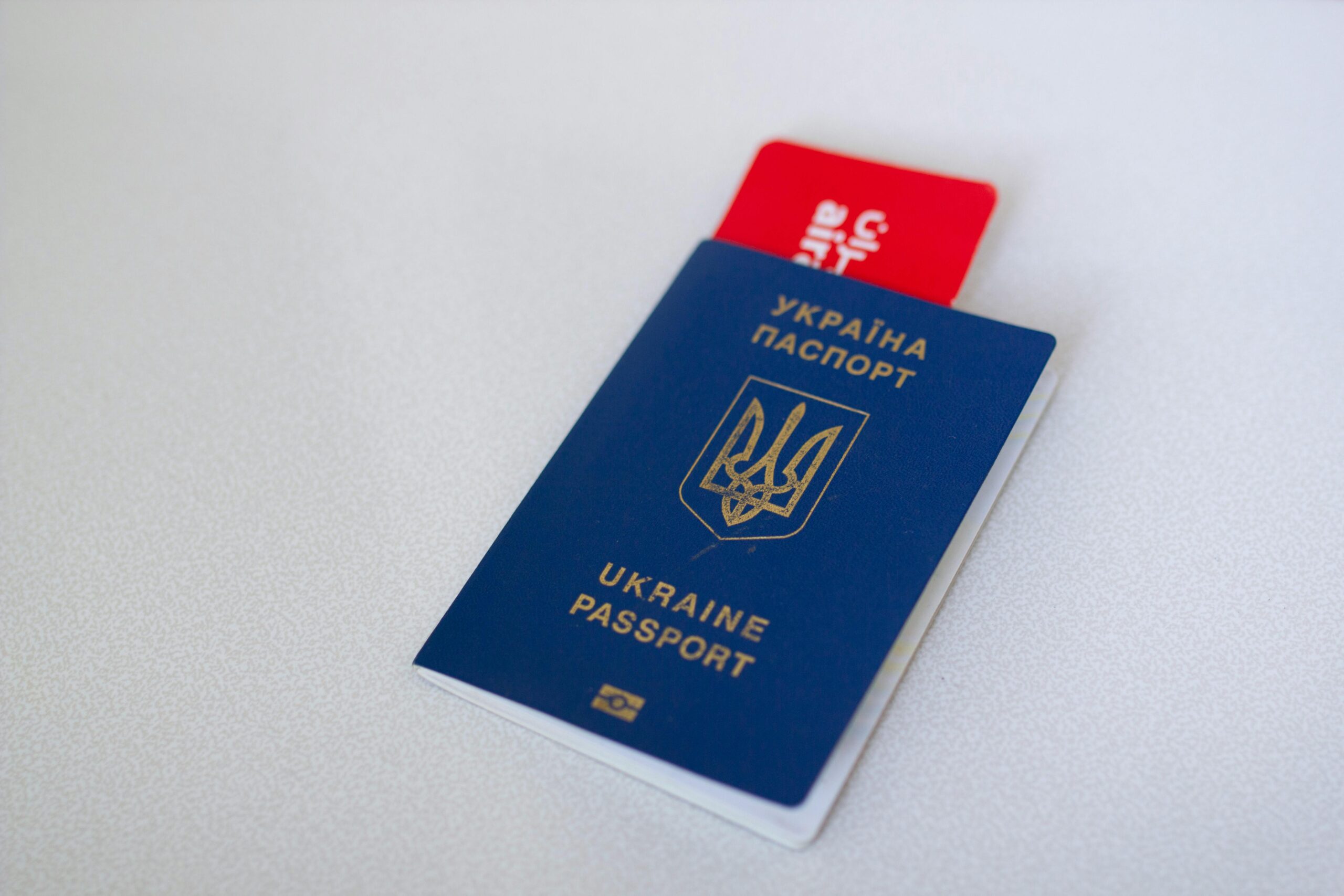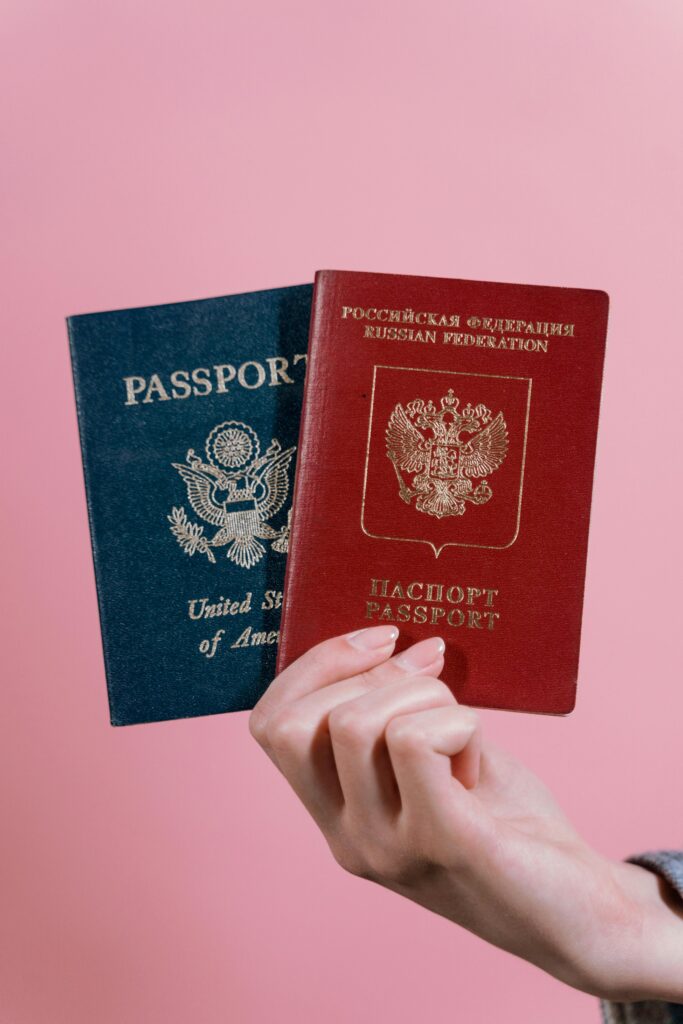As international travel picks up again following the global pandemic, a significant concern for travelers, students, and workers worldwide remains the issue of US visa applications and the accompanying delays. The United States has long been a top destination for tourists, students, and skilled workers, and the demand for US visas has only grown. However, due to a variety of factors, the visa application process has become more challenging and time-consuming. Below, we’ll take a closer look at the current state of US visa applications and delays and offer some practical tips for applicants.
Increased Demand and Staffing Shortages
One of the primary reasons for the delays in US visa processing is the surge in demand combined with a shortage of staffing at consulates and embassies around the world. During the height of the COVID-19 pandemic, many consular operations were suspended, and visa processing was put on hold. As a result, there is now a significant backlog of applications that need to be processed. Many consular offices, which had already been operating at reduced capacity, are still struggling to catch up.
The pandemic forced many U.S. embassies to close or limit their operations, resulting in fewer appointments being available. This backlog continues to affect many countries today, making it difficult for people to schedule visa interviews and leading to long waiting times for applicants. In some countries, wait times for interviews have stretched into months or even years. For example, in countries like India and China, applicants may need to wait for more than a year to secure an interview slot.
Types of Visas Affected
Different visa categories have been affected by delays to varying degrees. The most commonly impacted types of visas include tourist visas (B1/B2), student visas (F1), and work visas (H1B). Applicants for these visa types are experiencing significantly longer wait times compared to pre-pandemic levels.
- Tourist Visas (B1/B2): The tourist visa category has seen considerable delays as a result of the backlogs, combined with the high demand for travel to the U.S. once borders reopened. Many travelers are concerned that they might not receive their visa approval in time for planned trips or family visits, especially with the holiday season or important events approaching.
- Student Visas (F1): The student visa category has also seen its fair share of challenges. With more students looking to study in the U.S., the competition for interview slots has become fierce. As a result, prospective students may face longer wait times to get an appointment for their visa interview, which in turn delays their ability to secure their place in U.S. academic institutions.
- Work Visas (H1B): Another category heavily impacted is the H1B work visa for skilled professionals. Many companies depend on foreign workers to fill gaps in the U.S. workforce, especially in fields like technology and healthcare. However, delays in processing H1B visas can prevent workers from arriving on time, affecting employers’ ability to meet their staffing needs.

Practical Tips for Navigating Visa Delays
Given the current challenges with US visa processing, here are some helpful tips for applicants:
- Plan Ahead: Given the long processing times, it’s crucial to apply for your visa as early as possible. For most visa categories, it’s advisable to start the application process at least 6-12 months before your intended travel date. Early planning can help minimize the risk of not receiving your visa in time.
- Check Embassy and Consulate Websites: Stay updated with your local US embassy or consulate’s website for the latest information regarding visa appointment availability and processing times. Many embassies have started offering priority or emergency appointment slots for urgent cases, such as for medical emergencies or essential business travel.
- Explore Expedited Services: In some cases, applicants may be able to access expedited visa processing for additional fees. This service can be particularly useful for time-sensitive travel, although availability depends on the embassy or consulate.
- Prepare Thoroughly for Your Interview: Ensure that you have all required documents ready and that you meet all the eligibility requirements for the specific visa you are applying for. Missing documents or failing to meet eligibility criteria can lead to delays or even denials.
- Consult an Immigration Attorney: If your case is complex or you have specific concerns about your application, consulting an immigration attorney can be beneficial. They can offer advice on how to navigate delays, gather necessary documents, and ensure that your application is as strong as possible.
- Stay Patient and Flexible: Visa processing can be a stressful and unpredictable process. Staying patient and flexible with your plans is important, especially given the uncertainties of wait times and availability of appointments.
- CLICK HERE FOR MORE
The Road Ahead
While it may seem daunting to navigate the delays and challenges associated with US visa applications, it’s important to understand that the U.S. government is working to resolve the backlog and increase processing capacity. As staffing levels improve and consular operations ramp up, it’s expected that wait times may eventually decrease. However, applicants should remain proactive and prepared to deal with delays in the interim.
In conclusion, while US visa applications are experiencing significant delays, understanding the underlying factors, staying informed, and planning ahead can help ease the process. By following the tips above and staying patient, applicants can increase their chances of successfully navigating this complicated system.

